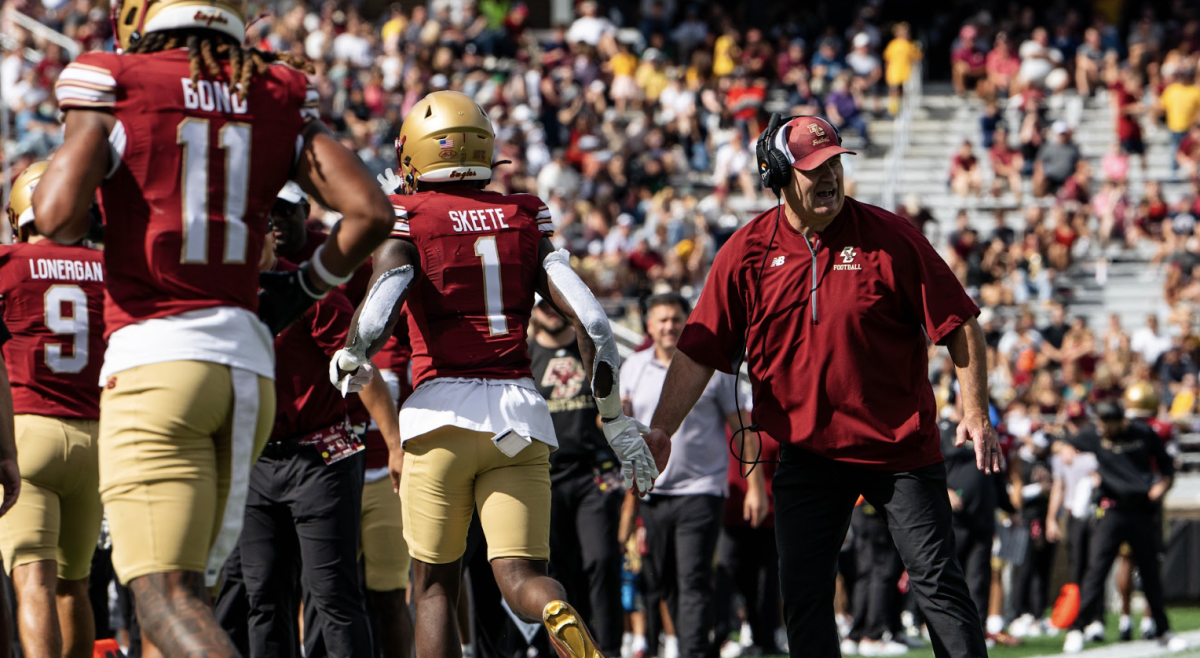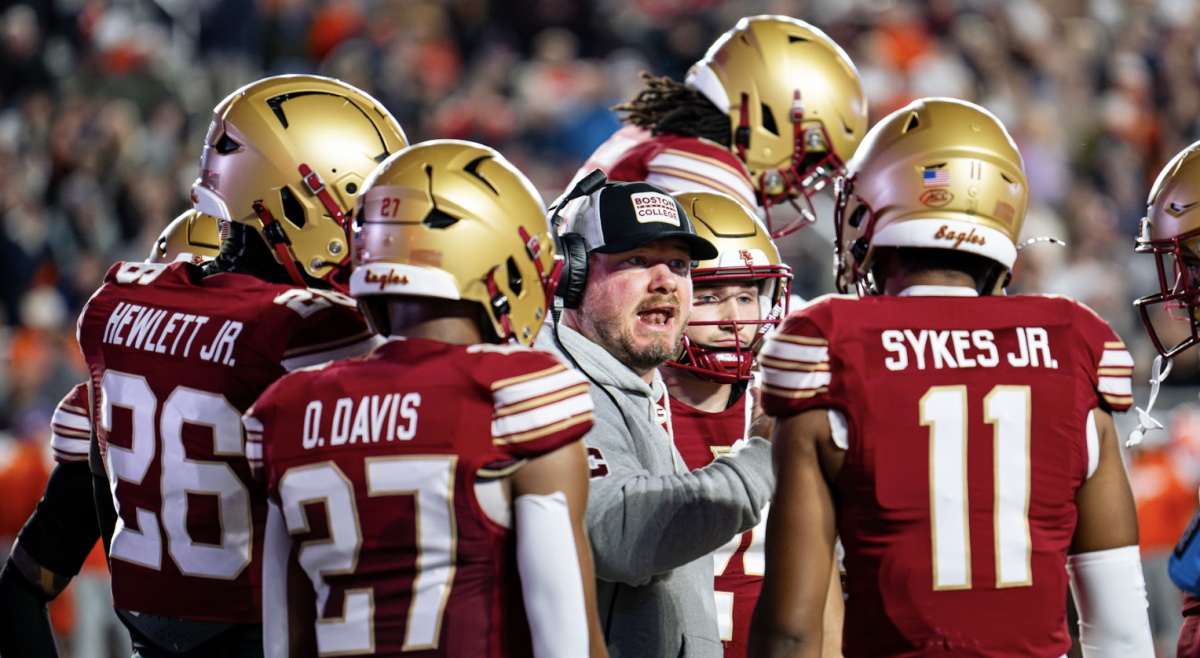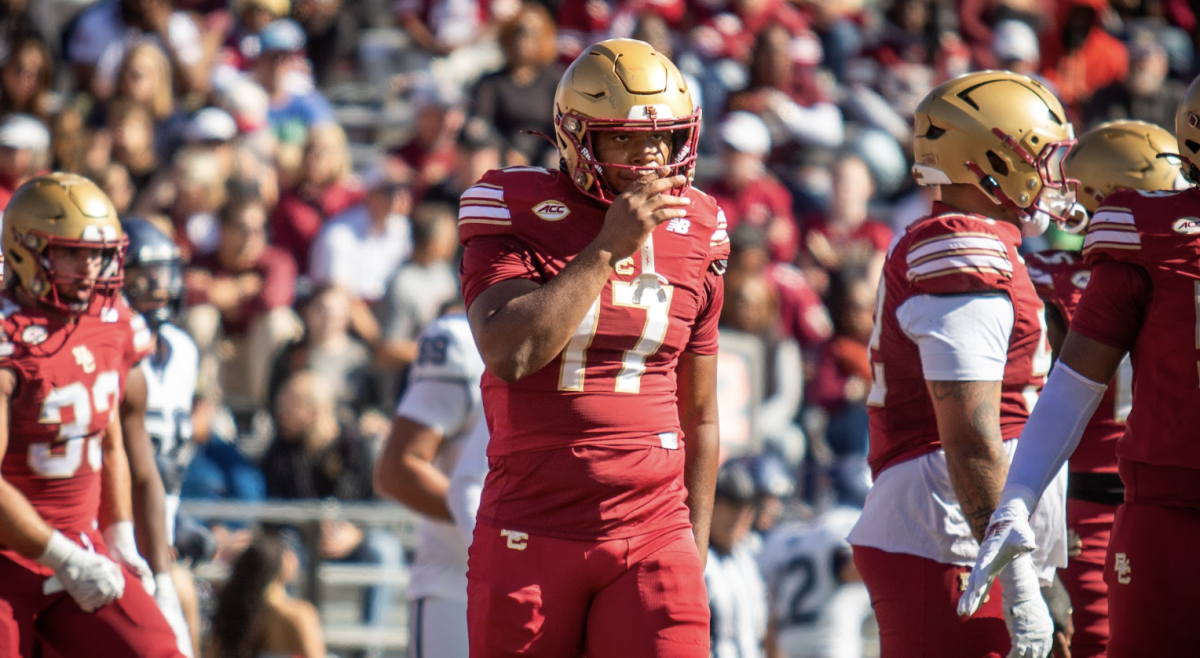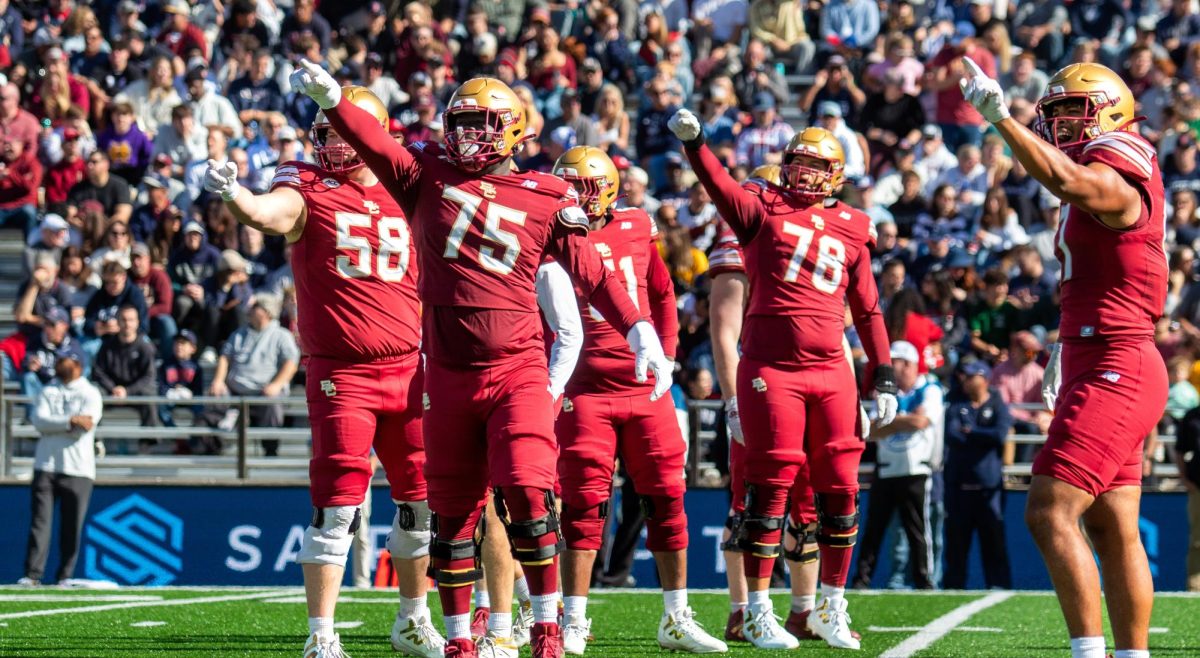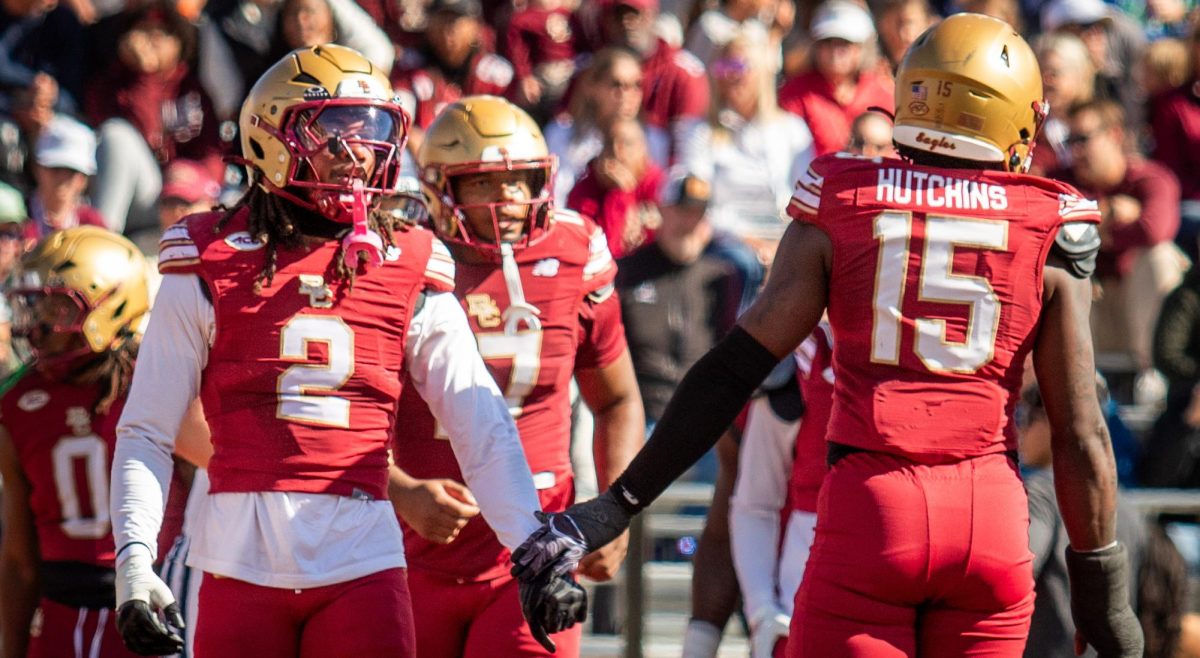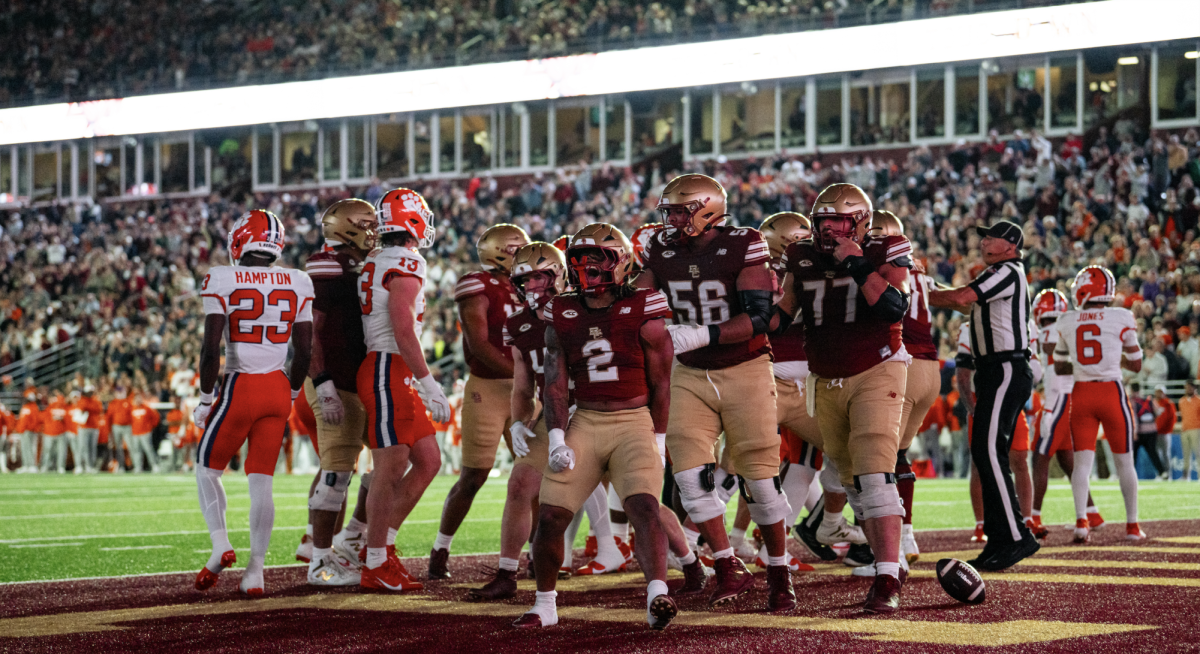Prior to the 2015 season, Florida State University head coach Jimbo Fisher received what appeared to be a huge relief. Quarterback Everett Golson, formerly a three-year starter at Notre Dame who had led the Fighting Irish to 12-win season in 2012, had decided to transfer to FSU. Golson figured to fill the gaping hole the Seminoles had under center when Jameis Winston bolted for the NFL after just two seasons in Tallahassee.
Heading into Friday night’s matchup against Boston College (2-0), the Seminoles (2-0) appear to have realized that, in order to win a fourth consecutive ACC title, Golson cannot be asked to play in the same way he did in South Bend, Ind. As the focal point of the Irish offense, his tendencies for risk-taking came to the forefront. Golson’s knack for ill-timed throws into tight windows and struggles with ball security ultimately led to his falling out of favor with former coach Brian Kelly. After playing two easy games to open the season, FSU opens the meaty portion of its schedule against a fast and athletic BC defense currently ranked first in the nation. This game must be the moment where Fisher trots out a remodeled Golson, who commits to making simple, low-risk throws at the helm of a heavily run-oriented offense.
In reality, FSU’s optimal offensive scheme would not catch anyone off guard but for the fact that its QB carries national recognition. Friday’s playbook will feature heavy doses of star sophomore running back Dalvin Cook. Cook enters the game with 422 yards rushing and five TDs, averaging a whopping 8.6 yards per carry. Additionally, he averages 24.5 carries per game, easily the highest number for any RB under Fisher at FSU. Already, the team has run the ball 87 times, against just 39 passing attempts. Despite BC’s deep and talented front seven, which has allowed 2.78 yards per carry since last season, Cook will be utilized early and often.
By making the rushing game his weapon of choice, Fisher will already remove a huge amount of responsibility and pressure from Golson’s shoulders. While this is the ideal gameplan, BC’s defense is far too talented for FSU to simply ride Cook to victory. If they are to establish their preferred ball control offense, the Seminoles need Golson to embrace his new role as caretaker QB, playing more like Wisconsin’s Joel Stave than the 2013 version of Winston.
Fisher can ease Golson into this role with his playcalling. If the run has already been established, plan on a heavy dose of play-action passes. With BC’s linebackers prone to bouts of over-pursuing the ball, these plays figure to give Golson open throws in rhythm. To freeze a defense that has keyed in on the run, look for plays where Golson fakes a handoff to Cook and then throws a quick screen to a receiver or hits the tight end down the middle. In addition, the Eagles’ defense should anticipate that Golson will roll out on a fair number of passes. This strategy limits the potential for mistakes and costly turnovers, cutting the field in half for the QB by limiting throws to the side to which he rolls.
While this gameplan figures to force Golson into short, quick throws with little chance for interceptions, it serves a second purpose. Both FSU’s offensive line and receiving corps, the latter of which lost the school’s all-time leading receiver Rashad Greene and tight end Nick O’Leary, feature many new players. By leaning on Cook, the strategy keeps the young linemen from excessive pass protection, a task at which they have struggled so far. The rollouts allow Golson to escape a pocket that may soon collapse anyway. The short throws, aided by play-action, help the new receivers gain extra space from their defenders.
Fisher hopes this plan works, as he should aim to keep the ball away from BC’s potent, clock-killing running game at all costs. By limiting the time they possess the ball, he might force the Eagles to move out of their comfort zone and into more pass-oriented schemes.
The longer the Seminoles possess the ball, the fewer snaps his young defensive unit will have to take. All-American candidate Jalen Ramsey headlines an improved FSU defense coming off a subpar campaign last season. Fisher’s plan of attack on this side of the ball should be to stack the box with eight defenders. The run defense should focus on setting the edge and limit BC’s sweep plays to the outside. This will force them to rely on runs between the tackle, into a stacked front.
Unlike Tyler Murphy, Darius Wade prefers to run up the middle, lacking the blazing sideline-to-sideline speed of his predecessor. By sealing the edge, FSU eliminates read option plays where Wade takes the middle with the running back going to the outside. Finally, the Seminoles secondary should play tight man coverage on BC’s struggling receivers, forcing them to beat their DBs deep.
By blending Golson into his offense instead of featuring him, and by riding Cook, Fisher can lay a template for success for FSU in 2015. Golson is not the shiny new toy that he appeared to be over the summer, but by limiting him, Fisher will give his team to make another serious run at the College Football Playoff.
Featured Image by Mark Wallheiser / AP Photo

